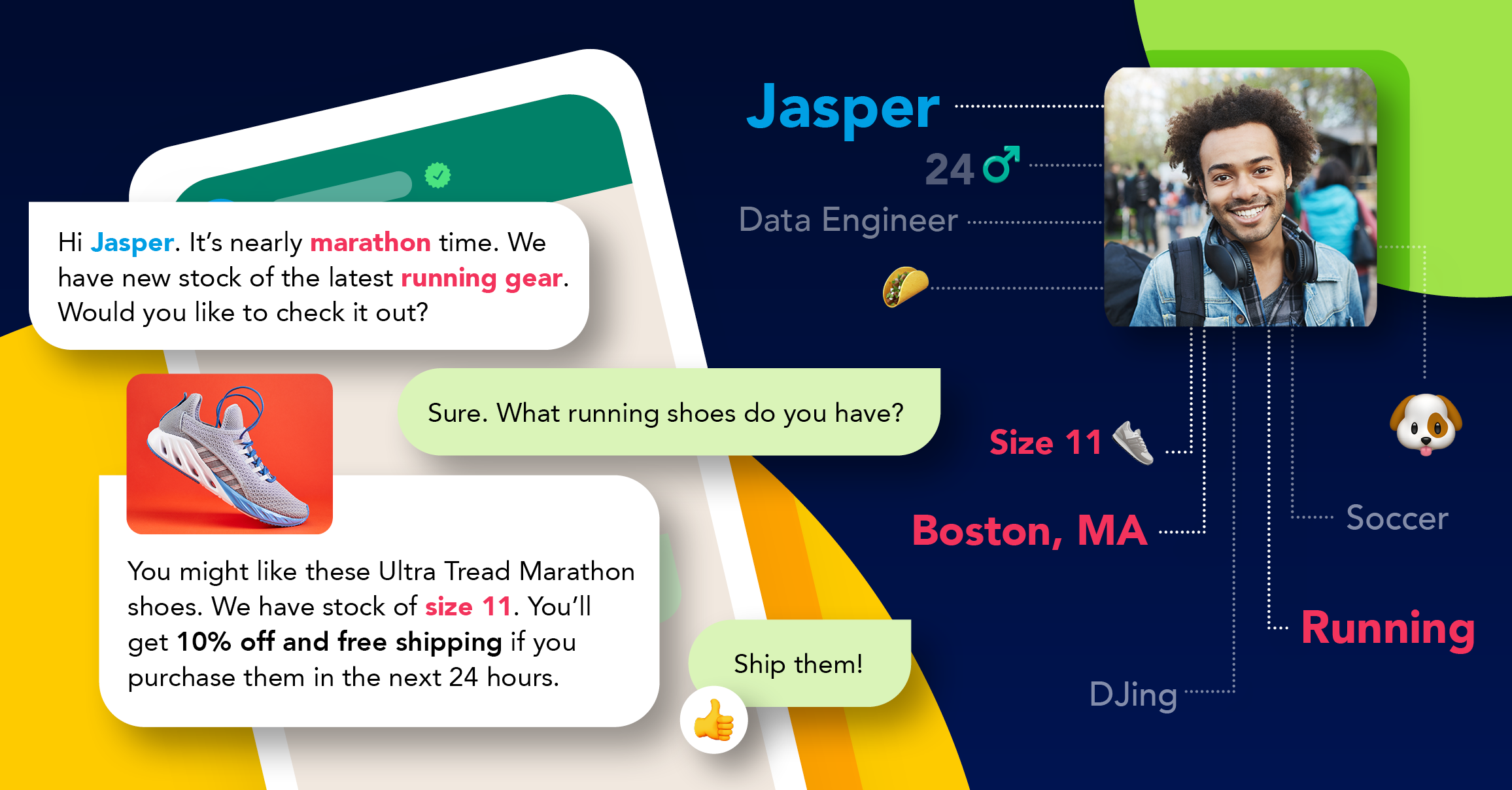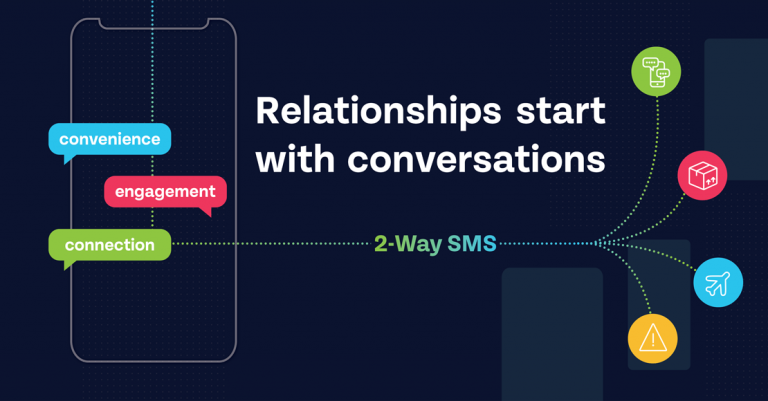
Chatbots for financial services
Chatbots have been around for a while. But 2016 saw them finally come of age as they broke through into the financial sectors. Banks across America and several financial start-ups announced that they’d be using chatbots to automate some of their financial services. And it wasn’t just the case of America leading the way. Elsewhere, financial institutions have begun to realize the strength of chatbots in wealth management.
Availability of chatbots in wealth management
An online-only bank in Kazakhstan has released a chatbot that speaks three languages. The artificial intelligence allows customers to send money to friends, manage their accounts, and stay ahead of the bank’s promotional offers.
Then there’s the major Singaporean bank, DBS, who have launched a chatbot on Facebook messenger for their customers in the region. The chatbot allows customers to manage their money across multiple accounts, track their spending, and make transfers. And there are plans to broaden the service across WhatsApp and WeChat.
These chatbots are powered by artificial intelligence that lets them pull and analyze enormous loads of data, processing it into comprehensible answers. Think of it as a Siri for your bank. And advancements in this field, coupled with the proliferation of messaging apps are actually fuelling chatbot technology. Bots are set to have an enormous impact on customer service and are already making waves. Clickatell Touch is a sterling example of how chatbots can revolutionize a business’ customer service. And this potential of chatbots has not been lost on investors who are pouring money into the burgeoning chatbot economy. It’s likely that within a few years this technology will become the dominant interface that banks use to reach customers, surpassing apps or even websites.
“What will banking be in two, free or four years? It’s going to be this,” says Michelle Moore, the head of digital banking at Bank of America. The early version of this bank’s chatbot, which they’ve named Erica can do little more than answer basic queries, check recent transactions, and change spending limits but the banks are aiming to ride this chatbot momentum. It’s likely that there’ll soon be full-service automated financial assistants in the form of chatbots that can make payments for you or even work out your budgets.
Challenges of chatbot adoption
But the chatbot-financial institution relationship does come with its own challenges. The first of those challenges is proper data. Chatbots will struggle to deliver on their wealth management potential without the quality conversion of transactional data. The processing of transactional data into useful data is still a gray area for bot developers. And that’s a problem because it’s the useful data that the success of the chatbot depends on. Following, this relies on the accurate reporting of the transactional data. The artificial intelligence learns from its mistakes. But if the data on which it learns is inaccurate, then can those mistakes really be legitimized? Categorization and aggregation technology need to improve today to give bots the foundation for tomorrow.
The other major challenge for chatbot adoption in the wealth management industry is the criticism it receives for lacking a human element. There’s no empathy or emotional response to a customer that a human would provide, which makes it less capable of dealing with more complicated financial decisions. Take a grieving widow making a poor financial choice for example. A chatbot doesn’t have the capability to recognize the emotional stress that a death can have on a human’s decision making. The chatbot is not going to take this into account when making the transaction on behalf of the widow.
Generally speaking, humans working in customer service will know how to respond in a situation like that and will be able to advise the widow otherwise. They can listen, empathize, reason, and read between the lines. A lack of emotional intelligence is a serious limitation that current chat technology has.
The future of chatbots in finance
These challenges aren’t insurmountable though. Senior vice president, digital payments, and labs for Mastercard, Kiki Del Valle, says that these technologies should be thought of as additional channels connecting customers to the financial institutions rather than standalone wealth management channels that are replacing the current status quo. “Chatbots can be an extension of the technology that we’ve already got enabled. Their role should be in supporting the existing ecosystems,” says Del Valle of chatbots.
Today’s chatbots have passed the stage of being simple algorithms, but they’ve yet to reach a stage where they can be completely independent of humans. Although interest in automated technology is growing quickly and chatbots are generally seen as a positive move, it seems that they’re not quite there yet. But elsewhere, chatbots have made enormous positive inroads. Nowhere is this more clear than in customer service. Read more about how we’re using chatbots to streamline customer service across the board and find out how you can bring the future into your business today.
Explore other articles
Step into the future of business messaging.
SMS and two-way channels, automation, call center integration, payments - do it all with Clickatell's Chat Commerce platform.








